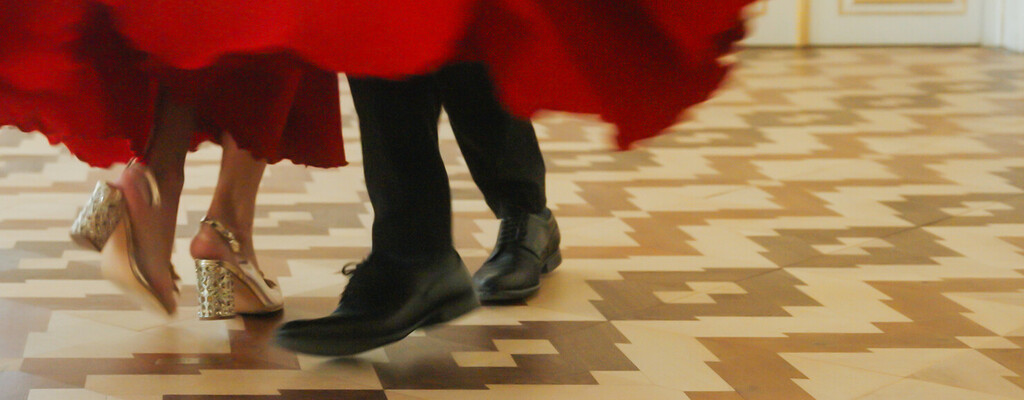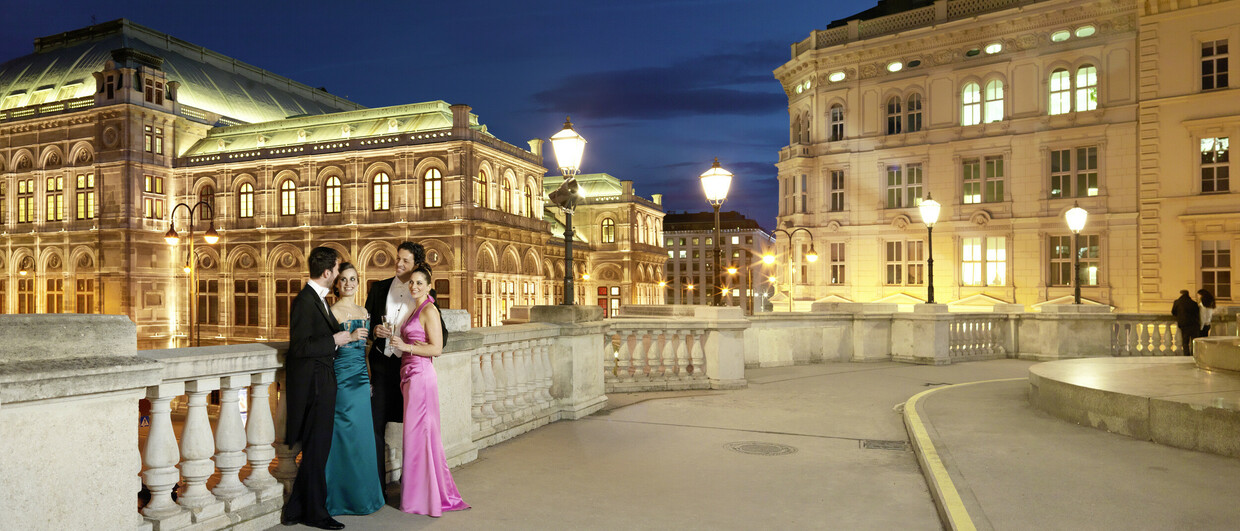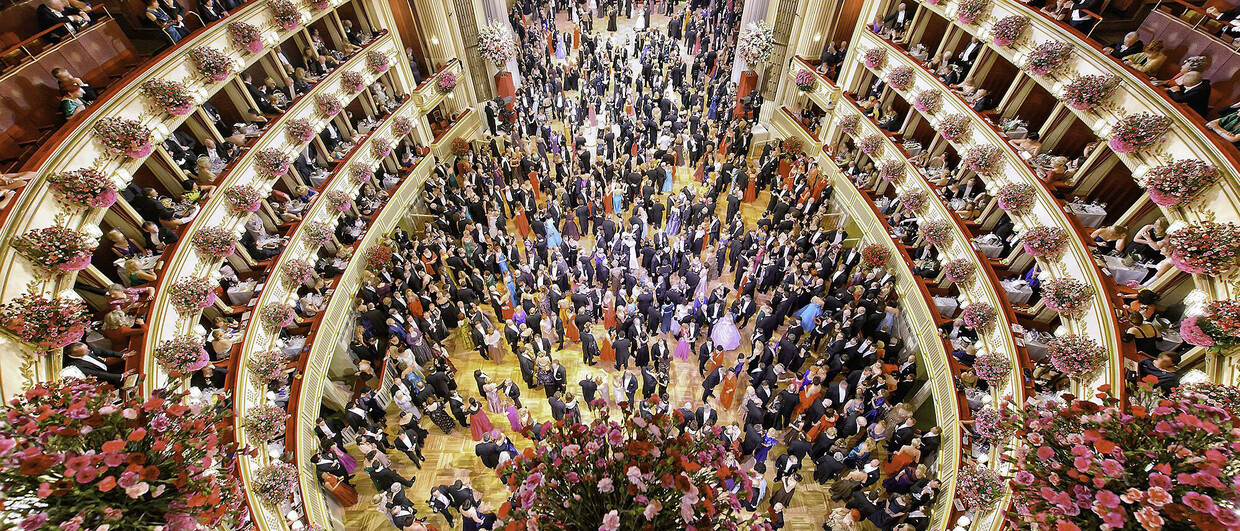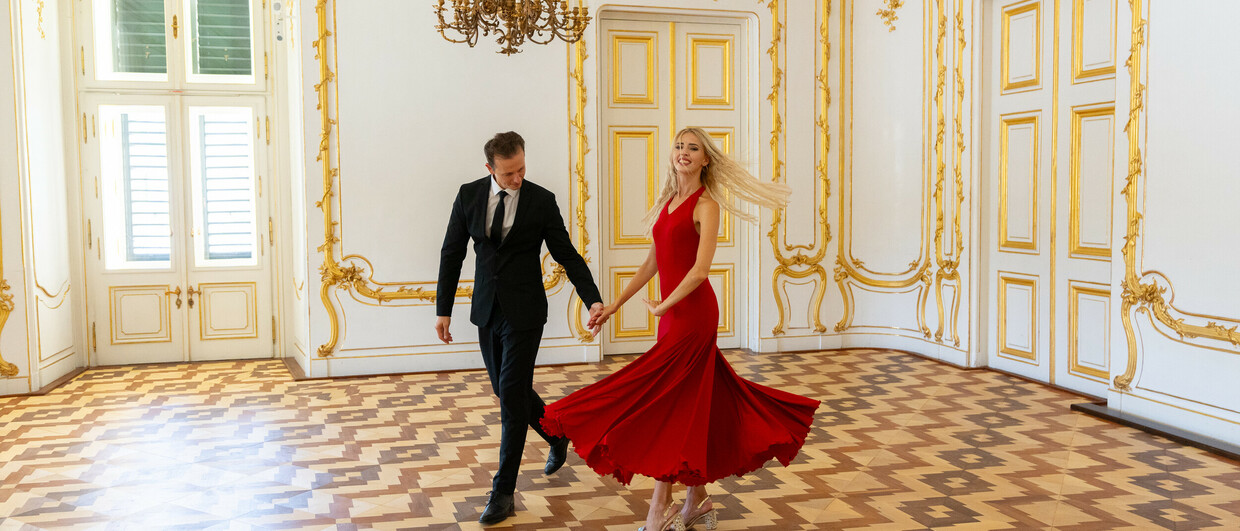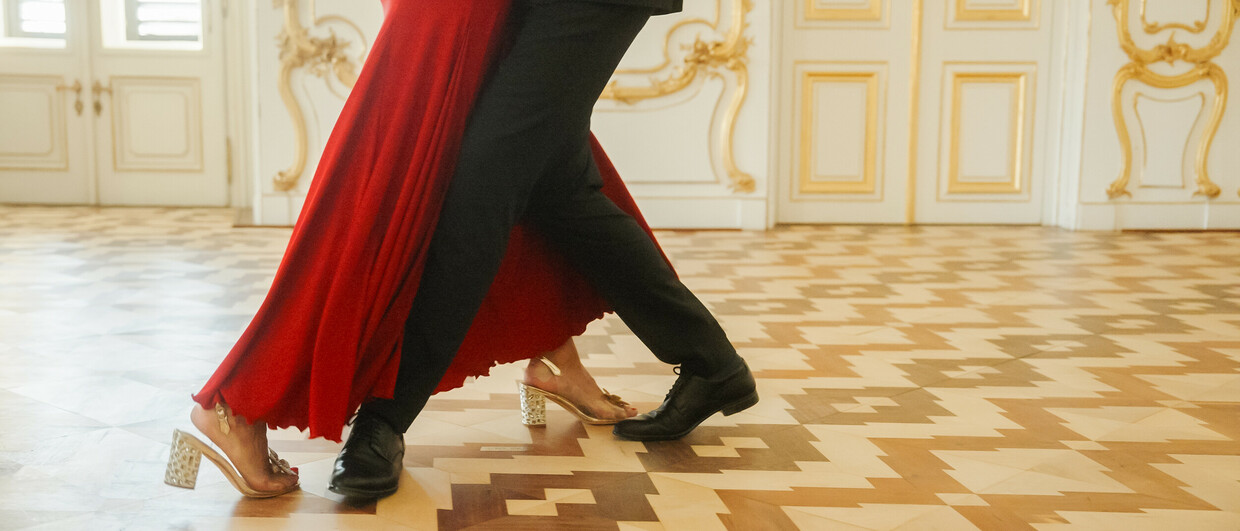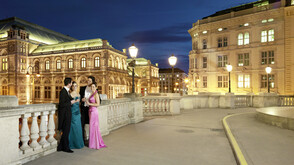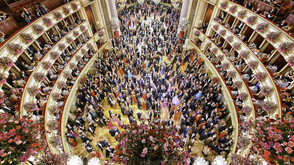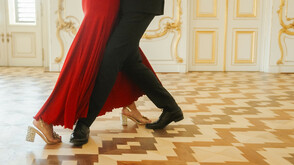Fancy a Waltz? Ball Season in Austria
Austria's balls are known around the world. Read all about the traditions, dances, and highlights.
Dancing in magnificent halls with an Imperial vibe isn’t a relic from the past. In Austria, the ball season – with its peak in January and February – is very much a contemporary highlight of the annual cultural and society calendar. It’s a piece of history and the Austrian way of life that keeps thriving, seeing people of all ages dressing up in floor length ball gowns and tuxedos, and hitting the most beautiful dance floors in the country.
Back in the Emperor's time, young people were introduced to society at balls and used them to build their social network. Today, however, there are over 300 balls a year, and it's no longer just about seeing and being seen. The focus is on having fun and taking in and enjoying everything from dancing to the special ambiance and culinary delights.
Austrian balls typically have dress codes, a fanfare, and a grand opening polonaise with the debutants. “Alles Walzer!” marks the opening of the dance floor, while the midnight interlude, usually a quadrille, is another highlight. When attending a ball in Austria, you’ll hear the traditional waltz tunes but also contemporary music. And for those eager to strike the perfect pose on the dance floor, many Austrian dance schools offer taster courses where they’ll teach all the basics in a nutshell.
THE VIENNESE WALTZ
The waltz is the number one must-know dance at every Austrian ball, with its roots going way back to the Middle Ages. In the 12th century the dance was known as “Round”, referring to the final turn of the dancing couple – this later became characteristic of the Viennese Waltz. When the waltz reemerged in the 18th and 19th century, it caused moral outrage, and it wasn’t until the Congress of Vienna (1814/15) after Napoleon’s downfall, that it became socially acceptable, as the political meetings were regularly accompanied by balls.
The signature movements of the waltz brought an intimate atmosphere to the festive ballrooms. Johann Strauss (1804 - 1849) composed 152 waltzes and made the dance not only popular in Austria but around Europe. But it was his son Johann Strauss II that eventually earned the title “The Waltz King”.
BALL HIGHLIGHTS IN VIENNA
During the peak season, there’s a ball happening almost every day throughout the country. It goes without saying, however, that some are more famous and popular than others. The highest in demand events attract guests from all over the world.
Vienna Opera Ball (27 February 2025)
Once a year, the State Opera transforms into the most beautiful ballroom in the world, with guests from all over marveling at the opening polonaise and showing off their waltz moves. The first ever ball-like event at the opera house took place in 1877. Dancing wasn’t officially allowed back then, but the local press mentioned that “after midnight there was the first real dance in the Festsaal of our opera house”. The first Opera Ball of the Republic of Austria was held on 21 January 1921, and the first Vienna Opera Ball, now known as such, in January 1935. After the war, the ball returned on 9 February 1956 and has only been cancelled three times: in 1991, during the Gulf War, and during the coronavirus pandemic.
The Vienna Opera Ball welcomes 5,150 guests (including state guests), 160 debutante couples and 150 musicians. Around 2,5 million watch it live on Austrian television.
Vienna Philharmonic Ball (23 January 2025)
This ball is hosted by one of the most famous orchestras in the world, the Vienna Philharmonics, and has been a fixture in the capital’s event calendar since 1924. Every year a prominent conductor is invited to lead the orchestra. There’s also a Patronage and Honorary Committee which has seen popular figures of the arts world such as José Carreras, Placido Domingo or Elīna Garanča.
The ball takes place in the Golden Hall of the Musikverein, known from the annual New Year’s Concert.
Confectioners Ball (16 January 2025)
Vienna’s bakers and confectioners host a night to remember at the Imperial Palace for those with a sweet tooth. The highlight is a tombola with 3,000 cakes to be won. For many, the display of the artistically designed cakes alone is worth the ticket! And if you don’t trust your luck in the tombola, 500 ball guests can purchase an add-on cake guarantee.
Coffee Maker Ball (21 February 2025)
Vienna is famous for its coffee houses, and if you really love your cuppa, we recommend the coffee maker (“Kaffeesieder”) ball. Every year the city’s best coffee makers transform the Imperial Palace into the “largest and most beautiful coffee house in the world”. The ball is known for its artsy vibe and internationally renowned musical guests and programme.
Photos available below. Please include photo credits.
For further information and images, please contact pressuk@austria.info.

